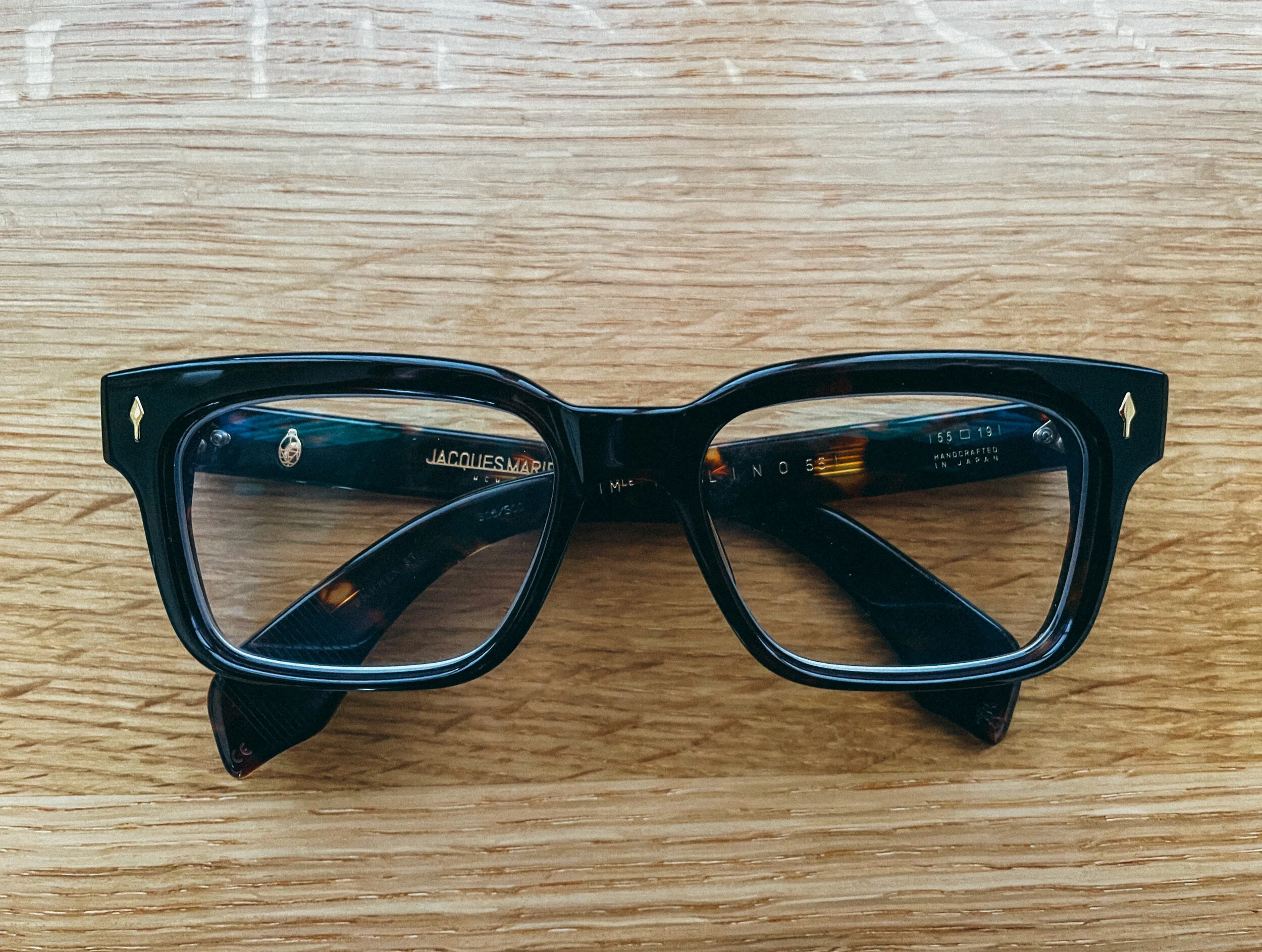Transition Lenses
“Would you like transition lenses?”
Every time I go to the optometrist to get new glasses I get asked this question and every time I would respond, “No, thank you.” But after 10 years of declining, I finally relented this past visit and said, “Yes.”
This isn’t my first time getting transition lenses. 10 years ago, when I first was prescribed glasses, I also agreed. It seemed like a good idea at the time: the ability to see things both inside and outside despite having high astigmatism.
Unfortunately, I found transition lenses to be more inconvenient than helpful. While they transitioned into sunglasses quickly enough when I stepped outside, it could take almost a half-hour for them to revert back to eyeglasses after coming back inside. I always felt awkward presenting in meetings after lunch while my glasses were halfway between sunglasses and eyeglasses. I also found that there were certain times where it was dark outside but UV rays were still present, which would again cause my lenses to tint.
My dad and I both experiencing some tinted lenses at a night game at AT&T Park in 2012
Overall, they made me feel self-conscious so when it was time to get a new pair of glasses, I opted to pass on transition lenses. I’d always hear how the technology was getting better, but I found a better solution: I would get both prescription eyeglasses and sunglasses. Problem solved, right?
Well, yes and no. While it was great to have normal eyewear for indoor settings and sunglasses for outdoors, I found two issues to this new approach. First, it’s expensive to invest in both eyeglasses and sunglasses. Not only do you have to purchase two sets of frames, but every time your prescription is updated, you now have two sets of lenses to update. However, vision insurance typically only covers one set of lenses per calendar year so every year I would alternate what lenses got updated, which meant always having a mismatched set of prescription eyewear.
Second, owning eyeglasses and sunglasses also means having to carry one while wearing the other. While this might seem like a trivial inconvenience, for someone who loses things a lot like myself, it means an increased opportunity to lose a pair, which I have unfortunately done on a few occasions.
In the end, I found myself not wearing sunglasses a lot. My mom would often call and tell me that I should wear my sunglasses more, but I’m a grown adult, right?
Wrong. Always listen to your mother. On one of my latest visits to my optometrist, I was told I had developed an ocular condition called pterygium, which is also sometimes called “Surfer’s Eye.” The condition is relatively harmless and starts off as a small growth called a pinguecula, which develops when the eye is exposed to wind and UV rays. The pinguecula will continue to grow to protect the eye from UV rays where it will eventually enter the iris and try to cover your pupil, thus turning into a pterygium. Surfers often develop this condition due to their exposure to the sun while surfing. Shamefully, I am not a cool surfer but just a lazy guy who didn’t like to carry around sunglasses.
Unfortunately, a pterygium is not curable. The only thing you can do is wear sunglasses to prevent additional UV exposure to your eye to stop the growth from growing, which brings me back to the optometrist and my decision to get transition lenses.
Originally, I was planning on updating the prescription on an old pair of sunglasses when I saw a photo of my friend Peter on Instagram. I enjoyed his whole outfit but was really drawn to his glasses, which I thought had smoked lenses. It was to my surprise to discover that they were actually transition lenses. Inspired (or I suppose I should say influenced) by this photo, I decided to give transition lenses another go.
Tips for transition lenses
I think the biggest trick to pulling off transition lenses is that you want to choose a frame that would make a good pair of sunglasses rather than optical. I’ve noticed that people tend to pick bigger and bolder frames for sunglasses compared to what they would use for eyeglasses. For my choice, I went with a pair of Molino 55s in Havana from Jacques Marie Mage. I’m a fan of “wayfarer” type frames and opted for the Havana color scheme to take a break from my usual choice in black eyewear.
And surprise! The optometrist was right. Transition technology has gotten a lot better in the past 10 years. In fact, I was surprised at how fast my lenses transitioned from sunglasses to eyeglasses that it took me several attempts to take the sunglass photo you see above.
So there you have it. Transition lenses are fast now, so don’t be afraid to try them out. And make sure you listen to your optometrist and more importantly, make sure you listen to your mom.






